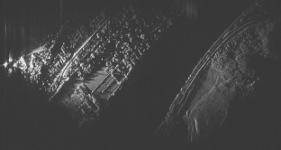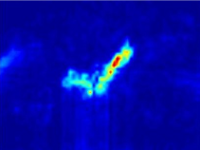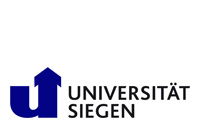
News
DAAD German Academic Exchange Service
B3 Synthetic aperture in the THz range
Project Leader
Prof. Dr.-Ing. Peter Haring Bolívar, Prof. Dr.-Ing. Otmar Loffeld
Initial Situation
Since the development of femtosecond-based THz technologies in the 1990s, the THz technology has proven a wide-ranging application potential. The actual realization of the THz technology, however, is highly limited by the insufficient development status of existing THz imaging systems. A considerable problem is posed by the spatial resolution: in a traditional imaging approach, the minimal achievable resolution of a scene is defined by the relation of the wavelength to the dimension of the implemented imaging optics (lens or reflecting mirror diameter). In typical THz application scenarios, the inevitable large numerical aperture of a system implies unpractical dimensions for the optics. For example, a 1 cm resolution in 10 m distance at 0.5 THz would require optical components with a 80 cm diameter. Thus, it is important to verify whether THz systems based on classic imaging of the object to a focal plane is an adequate approach in this frequency range at all.
Objectives and Work Plan
In this project, two approaches for synthetic aperture (SAR) based imaging in the THz range will be realized and investigated. On one side, fully electronic approaches (at 280 GHz and 580 GHz) will be considered. These narrowband systems will be configured as FM CW radar. They have the great advantage to possess a high sensitivity at minimal measurement time. Furthermore, a motion of emitter and detector components is easily possible. On the other side, femtosecond-based THz technology approaches will be developed and analyzed. These systems provide a significantly higher bandwidth and spatial resolution, but currently impose much slower measurement time.
The development of THz SAR technology also implies the development of new numeric SAR realization approaches. New signal processing approaches which consider the pulsed modulation and the FM-CW modulation with a bandwidth much higher than the one of existing systems has to be developed.
 |
 |
|
Synthetic aperture for radar data |
First SAR test results with lower THz radiation |

